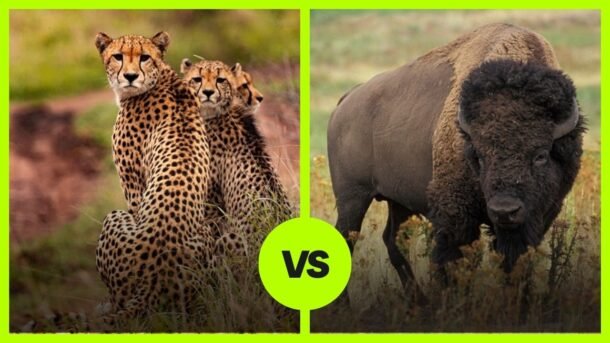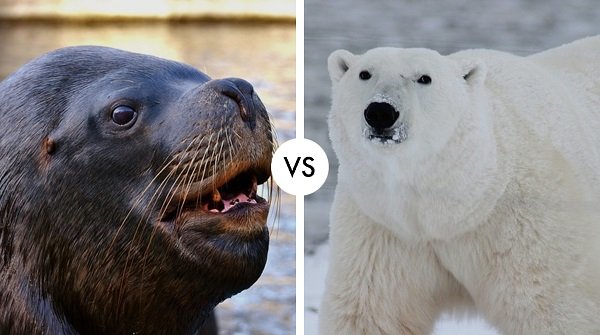In the animal kingdom, each species is finely tuned for its own ecological niche. The cheetah and bison are both remarkable creatures in their own right, but they are adapted for very different lifestyles. Here, we consider a purely speculative scenario—what would happen if a cheetah and a bison were pitted against each other?
The Nature of the Beasts
The cheetah, often celebrated as the fastest land animal, is an awe-inspiring sprinter capable of incredible bursts of speed. This feline predator is the epitome of agility and precision, finely tuned for chasing down smaller prey like gazelles or impalas over short distances. However, it’s worth noting that cheetahs are built for speed, not stamina or strength. In the wild, they typically hunt smaller ungulates, avoiding confrontations with larger and more powerful animals. While they have sharp claws and powerful jaws, these features are best suited for catching and subduing prey smaller than themselves.
On the flip side, the bison is an imposing creature—massive, muscular, and well-protected by a thick hide and a hump of strong muscles around the shoulders. It’s an animal designed for endurance and raw power. In its North American habitat, bison are known to face down predators like wolves and bears, animals far more robust and powerful than a cheetah. With its strong, curved horns, a bison can deliver fatal wounds to even these more formidable predators.
The Dynamics of the Encounter
Imagine a scenario set in an open field, a neutral territory for both species. The bison, with its imposing size and strength, is not accustomed to retreating. In fact, it might interpret the cheetah’s presence as a territorial challenge and stand its ground. The cheetah, inherently cautious with larger animals, would likely gauge the bison carefully, possibly even attempting to circle around it to find an advantageous angle of attack. But bison are not sluggish; they can run at speeds up to 40 mph and are quite agile for their size.
In the wild, cheetahs rely on their quick bursts of speed to get within striking distance of their prey before they tire. This approach won’t work with a bison—it’s too large to bring down in a swift attack and too strong to succumb to the sort of injuries a cheetah could inflict. Any swipe from the cheetah’s claws would likely bounce off the bison’s thick hide, akin to how a bison might shrug off attacks from predators like wolves before counterattacking. Moreover, the bison’s strong skeletal structure is designed to withstand physical challenges, making it all the more difficult for the cheetah to inflict serious harm.
If the bison were to charge, its sheer mass and powerful horns would be a devastating force. A single well-placed gore or stomp could easily incapacitate or kill the cheetah. In a natural setting, a bison can deter or injure large predators like wolves or bears with these powerful charges; a cheetah simply does not have the defensive structure to withstand such an attack.
Conclusion
While the spectacle of a cheetah-bison confrontation would be a clash of evolutionary marvels, the outcome seems fairly one-sided based on each animal’s natural attributes and behaviors. The bison has the upper hand in size, strength, and defensive capabilities. The cheetah, despite its breathtaking speed, is not equipped to tackle an opponent so much larger and sturdier.
The Odds
In this speculative match-up, the likelihood of a bison emerging victorious appears considerably higher, perhaps around 90%. The cheetah’s chances would seem to be limited to a mere 10%, hinging on the improbable scenario where it could exploit some extraordinary circumstance to its advantage.
It’s fascinating to delve into these hypothetical scenarios to explore the amazing adaptations and capabilities of different animal species. However, it’s important to remember that each animal is perfectly adapted to its own environment and lifestyle, and such a confrontation would be unlikely to occur in the wild.




